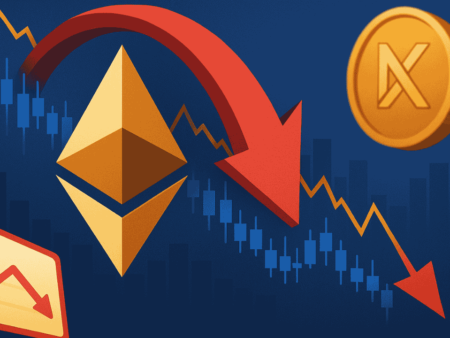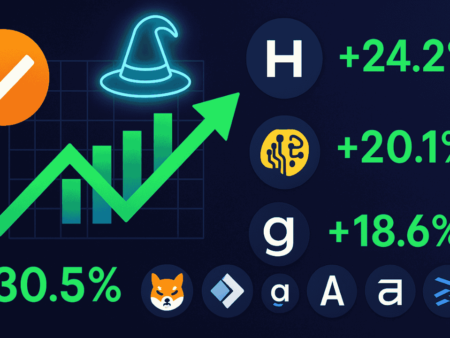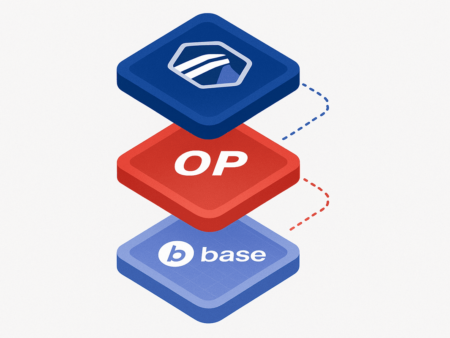In the early days of decentralized finance, swapping assets across different blockchains felt a bit like trying to mail a letter through three different post offices—each with its own rules, delays, and a decent chance your package wouldn’t make it. Fast forward to 2025, and that messy experience is finally giving way to something far smoother: cross-chain DeFi ecosystems.
The vision is simple enough—trade any token, on any chain, without touching a centralized exchange and without waiting for hours. The execution, though, has been years in the making.
Why Cross-Chain Matters Now More Than Ever
The crypto market isn’t just a story of one dominant blockchain anymore. Ethereum still carries weight, but Solana, Avalanche, Polygon, and a growing list of Layer-2s have their own deep liquidity pools and thriving communities. The trouble has been moving value between them without feeling like you’re playing a high-stakes game of “will my funds arrive?”
Until recently, bridges—the software that connects different blockchains—were a weak link. Hackers targeted them relentlessly, draining billions in high-profile exploits. The response in 2025 has been to build entirely new interoperability frameworks that make the old bridges look like rope swings next to modern suspension systems.
The New Plumbing of DeFi
We’re now seeing messaging protocols that let smart contracts on one chain talk directly to contracts on another, with cryptographic proofs verifying every step. This means you can stake on Ethereum, borrow on Arbitrum, and trade on Solana—all without juggling wallets or hopping through centralized platforms.
Some protocols have gone even further, integrating liquidity pools that span multiple chains simultaneously. To the user, it feels like one giant decentralized exchange, but behind the scenes, it’s a complex ballet of smart contracts, validators, and security layers keeping everything in sync.
A Shift in User Experience
What’s striking in 2025 is how invisible the complexity has become for end users. Wallet interfaces now handle the cross-chain work in the background. You click “swap,” and whether your tokens have to jump from Optimism to Base to Polygon is none of your concern—it just happens.
The smoother experience isn’t just attracting hardcore DeFi veterans—it’s pulling in retail traders who were once intimidated by the multi-step chaos of moving assets around.
Liquidity Without Borders
For traders and liquidity providers, cross-chain systems open up a world of new opportunities. Instead of liquidity being trapped in isolated pools, it flows to wherever the yield or trading activity is hottest—without needing to physically “move” the assets. This has created a more efficient market overall, where price discrepancies close faster and slippage drops even on large trades.
DeFi protocols are even starting to compete on how seamlessly they can route trades across chains, much like traditional brokers compete on execution speed.
Security: Still the Elephant in the Room
While the tech has matured, the cross-chain space isn’t bulletproof. Smart contract exploits, validator attacks, and governance risks remain. The difference now is the industry’s response time—issues that once took weeks to patch are often addressed within hours, thanks to better monitoring tools and more transparent coordination between protocol teams.
Insurance has also become a quiet backbone of the space, with on-chain coverage products stepping in to give traders and institutions a safety net if something goes wrong.
The Institutional Angle
Institutions dipping their toes into DeFi are especially interested in these cross-chain systems. They offer exposure to a broader set of assets without forcing firms to split capital across multiple wallets and custodians. For compliance teams, the ability to monitor and audit transactions across chains in one view is a game changer.
Where This Could Lead
If the current pace holds, the idea of “which chain are you on?” could fade into the background entirely. Users might not even realize which blockchain their transaction is settling on—it’ll just be a line in a transaction history.
In the long run, this could be the missing piece for mass adoption. When blockchain feels as seamless as sending an email, the technology stops being the headline and starts being the infrastructure.
And that, in many ways, is exactly where the Web3 world has been trying to get to all along.











